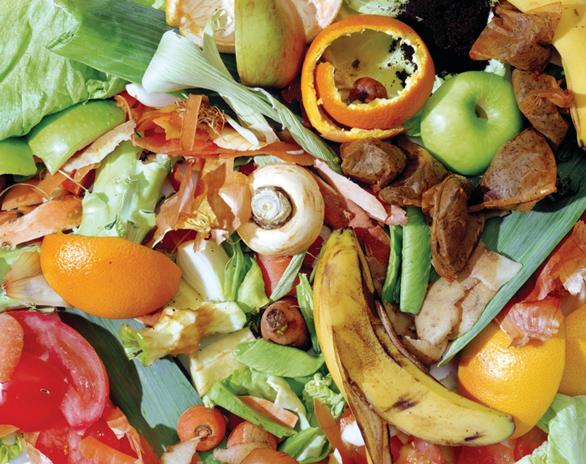The presence of impurities in biodegradable waste (biowaste) causes problems with the management of waste, among which are additional costs derived from the need to improve pre-treatment of biowaste, loss of treatment capacity and the difficulty selling treated biowaste as compost owing to its low quality. When treated biowaste is used for soil conditioning it can also cause soil pollution. Understanding the reasons why impurities are in biowaste and the factors affecting the percentage of impurities present can be used to determine ways to minimise these negative effects.
This article attempts to identify the main causes for the presence of impurities in biowaste. In order to do so, it carries out an empirical analysis of the level of impurities in biowaste from municipal waste collection in two steps. First, a bivariate analysis focuses on significant correlations between the presence of impurities and several variables. Second, the construction of an explanatory model based on the significant relations obtained in the first step, and on literature research, are used to check the stated hypothesis. The estimates demonstrate that the collection system, the global levels of separate collection, the urban density of the municipality and the requirement to use compostable bags may be the main drivers of impurity levels in biowaste.
Ignasi Puig | Jaume Freire | Marta Jofra
2013
Waste Managament and Research
Puig-Ventosa, I., Freire-González, J., Jofra-Sora, M. (2013) Determining factors for the presence of impurities in selectively collected biowaste. Waste Managament and Research, 31: 510-517.

